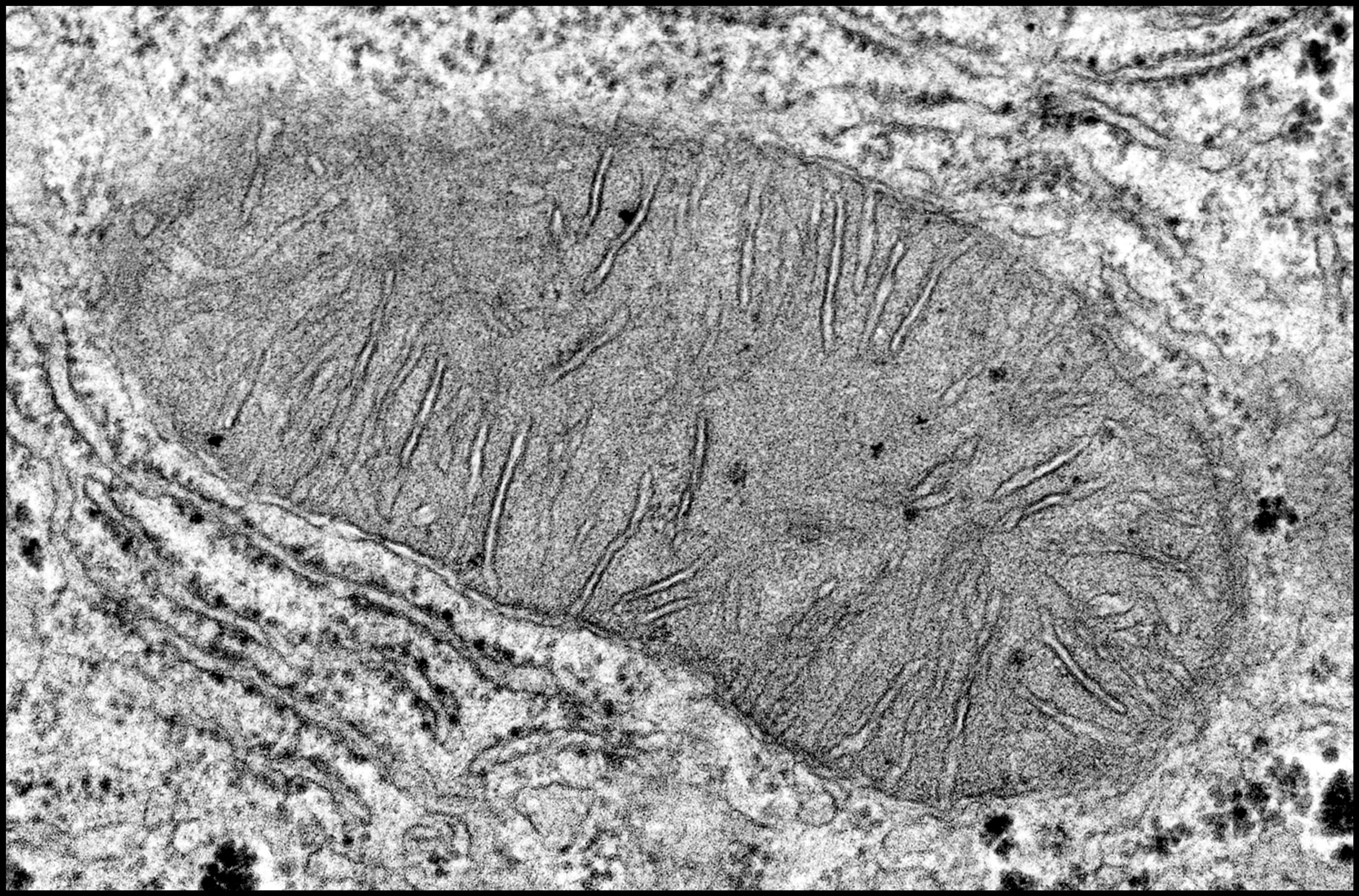Lysosomes and Mitochondria Catch up on Regulation in Cell
In the latest scoop, scientists chanced upon the two key cellular structures, mitochondria and lysosome getting in “touch” to exchange regulatory tips with respect to their respective cellular functions.
Both mitochondria and lysosomes are essential for maintaining cellular homeostasis, and dysfunction of both organelles has been observed in multiple diseases.
Mitochondria are highly dynamic and undergo fission and fusion to maintain a functional mitochondrial network, which drives cellular metabolism. Similarly, lysosomes undergo constant dynamic regulation by the RAB7 GTPase, which cycles from an active GTP-bound state into an inactive GDP-bound state upon GTP hydrolysis.
This rare discovery has implications for the research of many diseases, including Parkinson’s and cancer, as well as for the understanding of normal aging.
“In some ways, we assume that scientists have discovered all the major inner workings of our cells in the 21st century. And yet in this work, we made a new observation that these two organelles are directly talking to each other,” said principal investigator Dr. Dimitri Krainc, the Aaron Montgomery Ward Professor and chair of the Ken and Ruth Davee Department of Neurology at Northwestern University Feinberg School of Medicine. “It’s a surprising finding that provides new insights into normal cell function and will likely have implications for a number of diseases across the board.
”“The discovery of these mitochondria-lysosome contacts is extremely exciting. We now show that these contacts offer a potential site through which mitochondria and lysosomes can crosstalk, and it suggests that defects in the regulation of this contact site may drive the pathogenesis [disease mechanisms] of various human diseases,” said first author Yvette Wong, a postdoctoral fellow in Krainc’s laboratory.
Krainc’s laboratory had previously identified a functional link between mitochondrial and lysosomal dysfunction in Parkinson’s disease, but this study, however, is the first to identify direct physical contact between the two organelles.
The team used video microscopy with fluorescent tagging of the two organelles, to observe that the mitochondria and lysosomes formed stable contacts inside living human cells. The authors also employed other advanced imaging techniques- including electron microscopy and super-resolution imaging- to discover that the formation and subsequent loosening of these contacts is regulated by a lysosomal protein called RAB7.
The scientists are now investigating how dysfunction of the proteins that tether mitochondria and lysosomes together may affect the function of the organelles, as mutations in some of these proteins have already been implicated in neurological diseases.
“It’s very important that we now know that these organelles are talking to each other directly. How exactly these contacts are disrupted in various diseases, including Parkinson’s, and how to restore them therapeutically, will be the subject of in-depth investigations in the future,” said Krainc, also director of the Center for Neurogenetics, a professor of neurological surgery and physiology at Feinberg, and a professor of neurobiology at the Weinberg College of Arts and Sciences.































